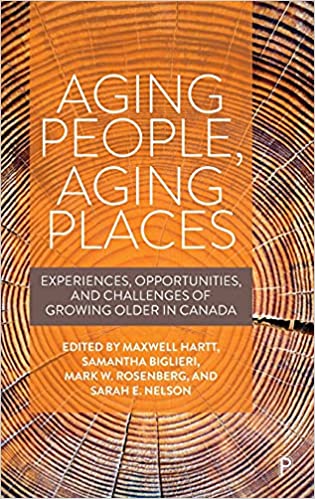Getting Older But Not Poorer
By David Amaglobeli, Era Dabla-Norris & Vitor Gaspar Unless you live in France, you might not think recent mass strikes over the proposed pension reforms in that country have anything to do with you. But given how fast demographics are changing around the world, that would be a mistake. If you live in Europe and your parents are getting ready to retire at the age of 65 (the statutory retirement age in many countries), you should know that today there are,...










